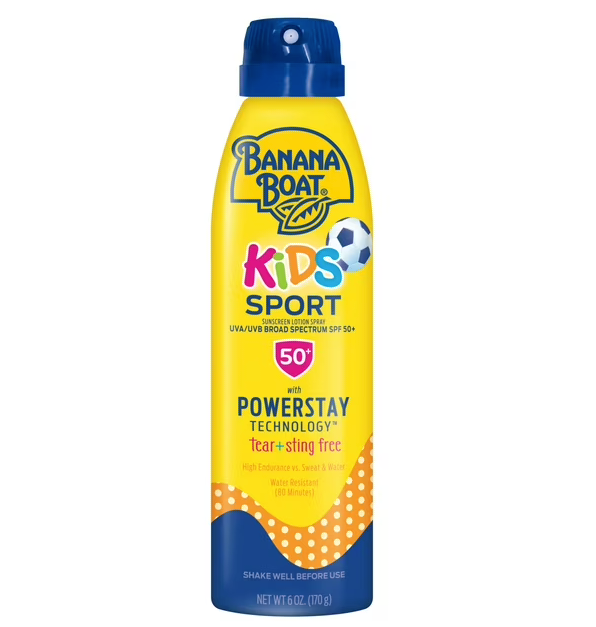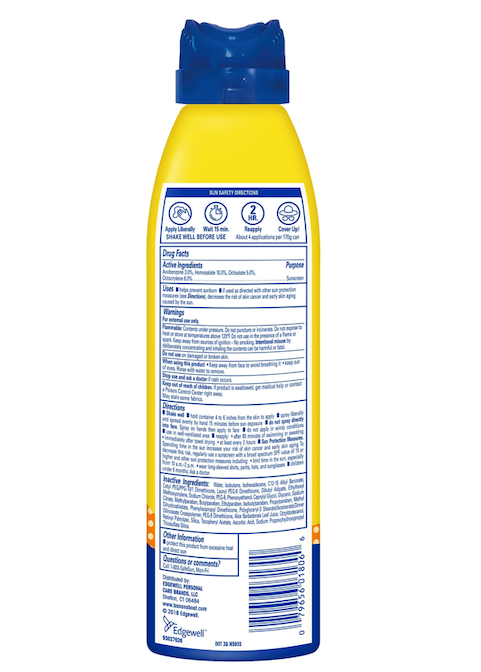As the sun shines down on us, it's important to be aware of the potential harm it can cause to our skin. Ultraviolet (UV) radiation, a type of electromagnetic radiation emitted by the sun, can lead to sunburns, premature aging, and even skin cancer. To protect yourself from these harmful effects, it's crucial to understand the UV index and how to interpret it. In this blog post, we'll guide you through the process of reading the UV index and taking appropriate precautions.
What is the UV Index?
The UV index is a measurement of the strength of the sun's UV radiation at a particular place and time. It is a scale that ranges from 0 to 11+, with higher values indicating a greater risk of harm from the sun. The UV index takes into account various factors such as the angle of the sun, cloud cover, and ozone layer thickness.
How is the UV Index Categorized?
The UV index is categorized into five levels, each representing a different level of risk:
- Low (0-2): Minimal risk of harm. No special precautions needed.
- Moderate (3-5): Low risk of harm. Seek shade during midday, wear protective clothing, and apply sunscreen.
- High (6-7): Moderate risk of harm. Take extra precautions such as wearing a wide-brimmed hat and sunglasses, and reapply sunscreen frequently.
- Very High (8-10): High risk of harm. Minimize sun exposure between 10 am and 4 pm, and take all necessary precautions.
- Extreme (11+): Very high risk of harm. Avoid sun exposure as much as possible, and take all precautions to protect your skin.
How to Read the UV Index
Reading the UV index is simple. You can find it in various weather forecasts, smartphone apps, or by visiting websites dedicated to providing UV information. Once you have the UV index value for your location, here's how to interpret it:
Step 1: Check the UV Index Value
Look for the UV index value for your area. It is usually displayed alongside the weather forecast or in a separate UV index section.
Step 2: Understand the Risk Level
Based on the UV index value, determine the risk level using the categories we discussed earlier. This will help you understand the precautions you need to take.
Step 3: Take Appropriate Precautions
Follow the recommendations associated with the risk level. This may include wearing protective clothing, applying sunscreen with a high SPF, seeking shade, and limiting sun exposure during peak hours.
Sunburns can happen in as little as 15 minutes of UV exposure, depending on your skin type and location.
Pro Tip: Can You Get Sunburned on Cloudy Days?
Don’t let an overcast sky give you a false sense of security. UV rays are persistent, and protecting your skin should be a daily habit. Whether it’s sunny or cloudy, taking the right precautions will keep your skin healthy and burn-free. So next time you step outside, remember: sunscreen isn’t just for sunny days!
Clouds do provide some level of sun protection, but they don’t completely block ultraviolet (UV) rays. In fact, up to 80% of UV rays can penetrate through clouds, fog, and mist. This means that even if it looks gray outside, your skin is still absorbing harmful radiation that can lead to sunburn, premature aging, and even skin cancer.



